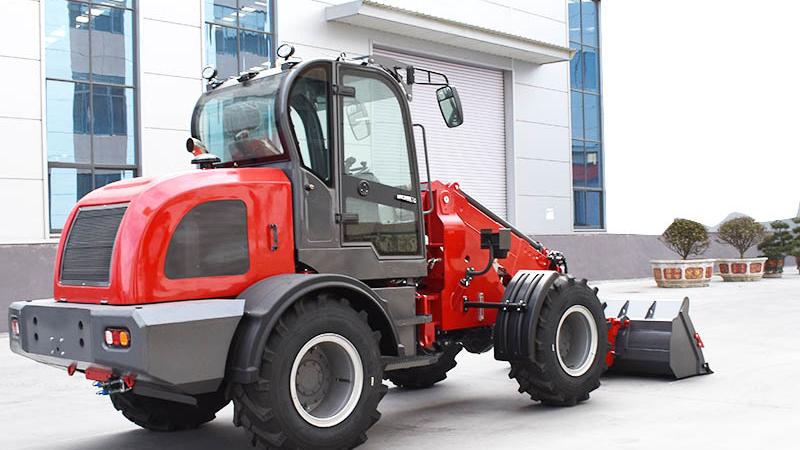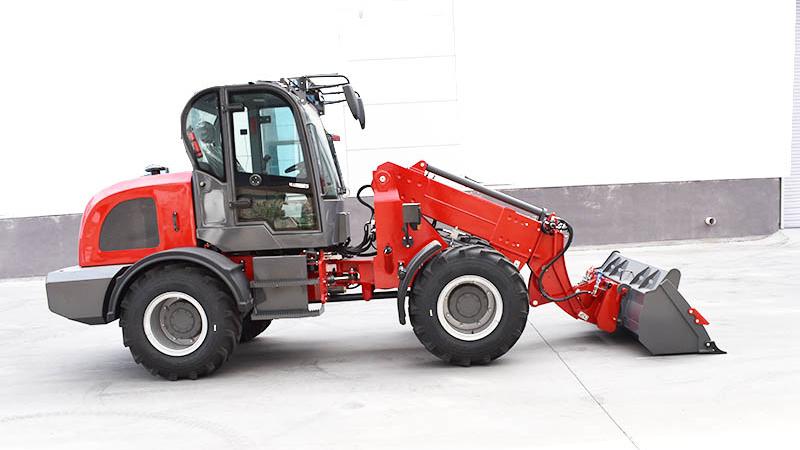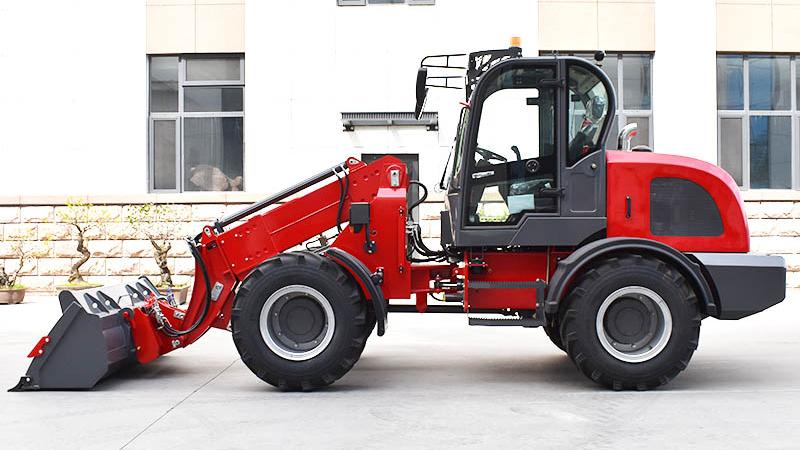The decision to invest in capital equipment like a telescopic handler, or telehandler, is a significant one for businesses in construction, agriculture, and logistics. With new models commanding premium prices often well over $100,000, the used market presents a compelling alternative for savvy buyers looking to maximize their investment. However, navigating the landscape of pre-owned telehandlers requires a deep understanding of the factors that drive their value. The price of a used unit is not a single figure but a spectrum, heavily influenced by a confluence of critical elements. Brand reputation sits at the forefront; established manufacturers like John Deere, JCB, Manitou, and Genie carry a premium due to their proven reliability, parts availability, and dealer support network, whereas lesser-known or generic brands may offer a lower entry point but with potential trade-offs in longevity and service. Machine age and total engine hours are the fundamental metrics of its working life—a five-year-old model with 2,000 hours is in a completely different valuation bracket than a decade-old machine with 8,000 hours. Furthermore, the machine's condition and service history are paramount; a meticulously maintained unit with full documentation is worth considerably more than one with gaps in its history or signs of neglect. Specifications such as lift capacity (e.g., 5,000 lbs vs. 10,000 lbs), maximum lift height (e.g., 30 feet vs. 55 feet), four-wheel drive capability, and the type of attachments included (forks, buckets, jibs) can cause significant price variations. In the current North American and European markets, prices for a used telescopic handler can range dramatically from as low as $20,000 for an older, well-worn basic model, to $50,000 - $80,000 for a mid-aged, popular model in good condition, and can exceed $120,000 for a late-model, low-hour machine from a top-tier brand, effectively blurring the line between used and new.
Given this wide pricing disparity, the central question of whether a used telehandler is a worthwhile purchase demands a careful analysis of its inherent advantages versus its potential pitfalls. The primary allure is undeniable: tremendous cost savings and immediate depreciation avoidance. A business can acquire a capable machine for a fraction of its original cost, enabling it to deploy capital to other critical areas like labor, marketing, or additional equipment. This accelerated return on investment is particularly attractive for startups or companies tackling new projects with defined budgets. The used market also offers access to proven, time-tested models that may have a reputation for rugged simplicity and lower repair costs compared to newer, more complex computerized versions. However, this value proposition is counterbalanced by substantial risks, chief among them being the machine's unknown operational past. A telehandler is a complex piece of machinery that may have endured hidden stresses from overloaded lifts, harsh environmental conditions, or improper operation, leading to latent issues in the chassis, boom structure, or hydraulic systems that are not immediately apparent. The absence of a comprehensive service history raises red flags about the true health of the engine, transmission, and axles. Perhaps the most significant financial danger is the looming threat of a major component failure shortly after purchase; a replacement engine or a full hydraulic system overhaul can incur costs totaling tens of thousands of dollars, swiftly erasing any initial savings and transforming a seemingly smart buy into a financial burden.
For those undeterred by the risks and enticed by the potential rewards, the path to a successful purchase lies in rigorous due diligence and a systematic inspection process. Before even viewing a machine, a buyer must define their operational needs clearly—maximum lift height and capacity, primary application, and necessary attachments—to avoid overpaying for excessive capabilities or buying an underpowered machine. The physical inspection is where the true condition is revealed. It must begin with a meticulous examination of the machine's structure, focusing on the boom for any signs of cracking, welding repairs, or distortion, especially at pivot points and hydraulic cylinder mounts. The chassis and frame should be inspected for corrosion or damage. Operational checks are next: start the engine from cold and listen for unusual noises, check for exhaust smoke, and test all hydraulic functions for smoothness, power, and, most critically, for any leaks at cylinders, hoses, and the manifold. The cab's instrumentation and safety systems, including load moment indicators and alarms, must be fully functional. However, the single most valuable action a prospective buyer can take is to insist on an independent third-party inspection conducted by a certified mechanic specializing in heavy equipment. This professional assessment can uncover hidden flaws, verify hour meter authenticity, and provide an unbiased evaluation of the machine's condition, offering peace of mind and powerful leverage for price negotiation.
Ultimately, the final calculation of "worth" extends beyond the initial purchase price to encompass the Total Cost of Ownership (TCO). A cheaper, high-hour machine with a sparse service history might seem like a bargain, but if it requires $15,000 in immediate repairs and suffers from higher downtime, its TCO could far exceed that of a more expensive, well-documented model. Therefore, the wisest investment is often not the absolute cheapest option available, but the one with the most transparent history, the best overall condition for its age, and strong parts and service support in your region. A used telescopic handler, when selected with care, research, and professional guidance, can be an exceptionally valuable asset that drives productivity and profit for years to come. It represents a strategic compromise—accepting some age and use in exchange for financial flexibility and proven performance, a calculus that makes it a resoundingly "worth it" proposition for countless businesses worldwide.
Post time:Oct.20.2025



